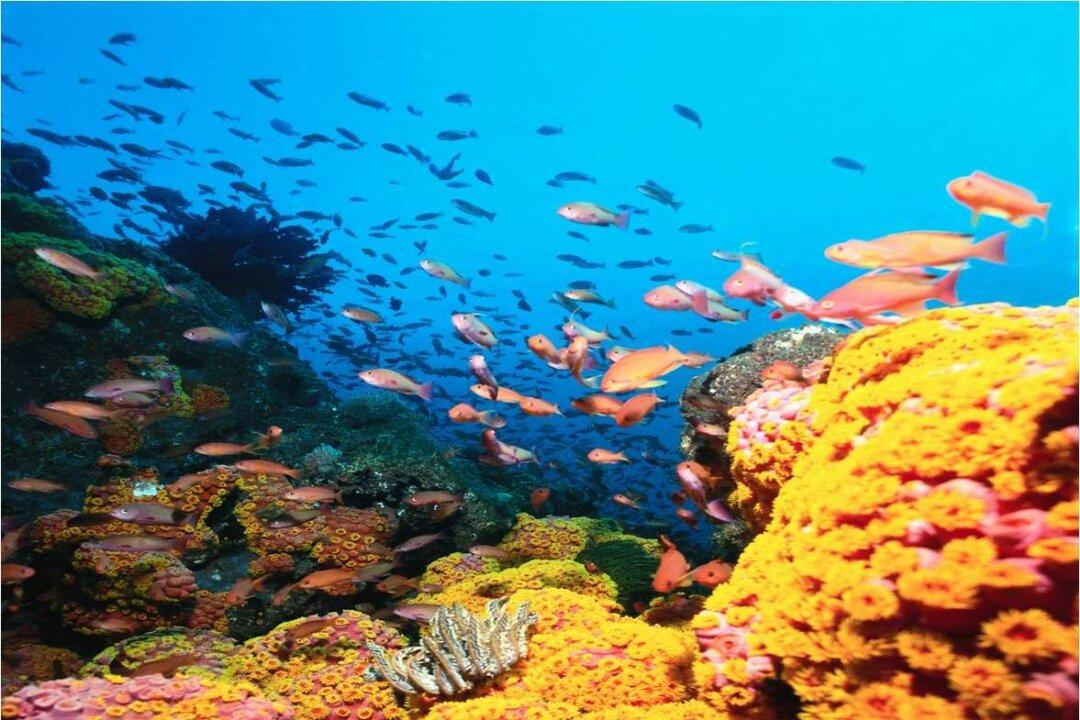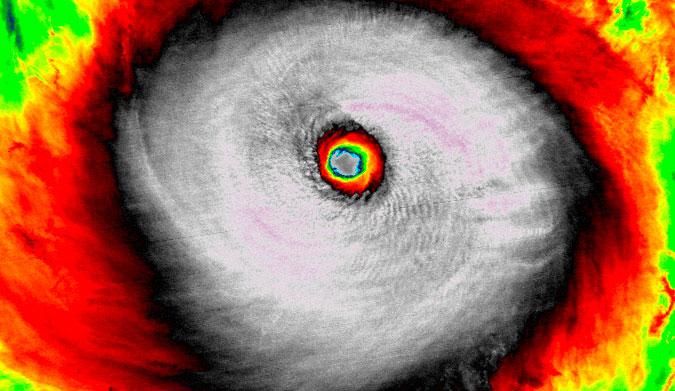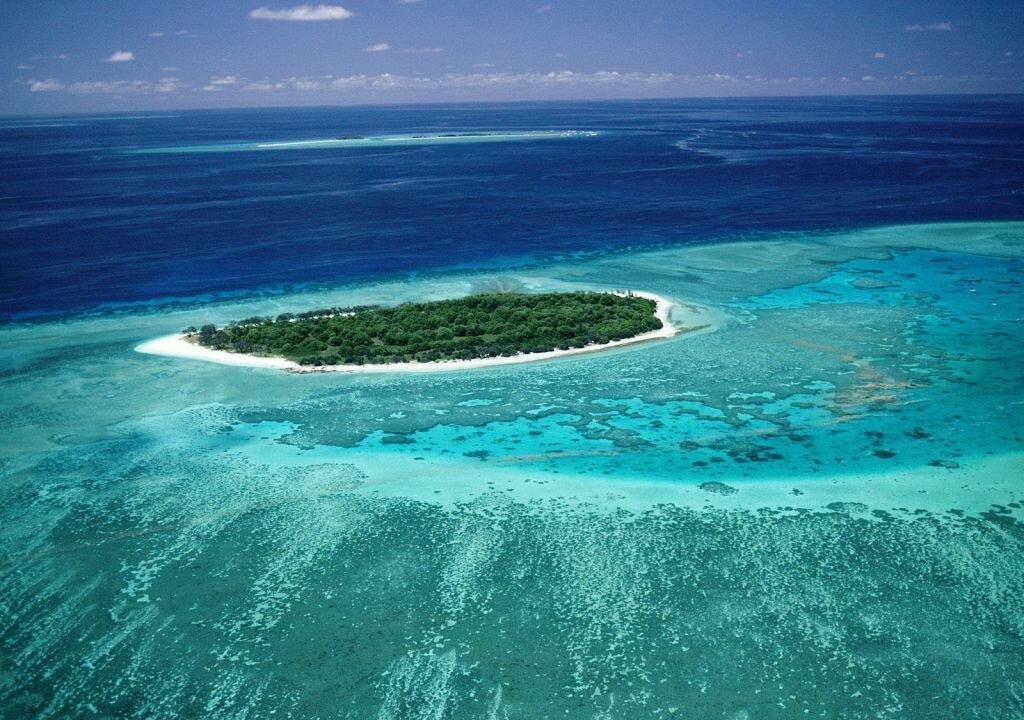In May, 2013 the United Nations published its first plan for deep sea mining saying companies could apply for mining licenses as soon as 2016. To date the UN’s International Seabed Authority has issued 17 exploration permits with 7 more pending.
“We are at the threshold of a new era of deep sea mining” said Michael Lodge, legal counsel for the ISA. An assessment of the Pacific Ocean has estimated more than 27 billion tonnes of rocks could be lying on its floor, including 290 million tonnes of copper and 340 million tonnes of nickel.
The extraction of the rock ‘nodules’ – small mineral-rich rocks from the seabed, has been around as a concept for decades but deep sea mining for them has only recently become viable with advancements in technology.
Deep sea mining sites are usually around active hydrothermal vents at about 1,400 - 3,700 m below the ocean’s surface. The vents pour scalding mineral rich water from deep within the Earth and create sulphide deposits. These deposits contain valuable metals such as silver, gold, copper, manganese, cobalt, and zinc. The deposits are mined using either hydraulic pumps or bucket systems that take ore to the surface to be separated from millions of tons of sediments and marine life.
Nodules occur in an environment called the abyssal plane. It is part of the ocean floor between about 3,000 and 6,000 metres depth existing in perpetual darkness. Incredibly, this almost unknown and strange place covers more than 50% of the Earth’s surface and would be the way an outside observer would describe our planet.
Recent oceanographic expeditions conducted by an international group of scientists from the Census of Diversity of Abyssal Marine Life (CeDAMar) have found an extremely high level of biodiversity and the abyss may be a major reservoir of animal life in the oceans. The abyss also exerts significant influence upon ocean carbon cycling, dissolution of calcium carbonate and atmospheric CO2 concentrations over timescales of 100–1000 years.
Its permanent inhabitants are able to withstand the immense pressures of the ocean depths, up to 76 megapascals (11,000 psi). These regions are also characterized by continuous cold and lack of nutrients. The abyssal zone has temperatures around 2 °C to 3 °C (35 °F to 37 °F).
In August, 2012, the Papua New Guinea Government gave the go-ahead to Nautilus Minerals to start the world’s first deep sea mining. Japan and China have also expressed interest.
Canadian firm Diamond Fields International and its joint venture partner Manafa International Trade Company of Saudi Arabia the go ahead for the Atlantis II Deeps. They plan to mine what DFI calls “one of the largest hydrothermal poly-metallic deposits in the world”. Sudan’s mining minister Kamal Abdel Latif said it had already started and “We are expecting starting production maybe 2014,” added, according to Lebanon Today. The Atlantis II Deeps is believed to contain around 1.83 million tonnes of zinc, 402,000 tonnes of copper, and 3,432 tonnes of silver.
Companies including Trans-Tasman Resources (TTR) have plans to mine the seabed off the coast of NZ’s North Island.TTR has cited surveys estimating that possibly 481 million tonnes of iron ore exist up to nine metres beneath the seabed. This will effectively turn the seabed into a giant open-cut mine.
But all that glitters is not gold!
From 2009 to 2012, Aker Wirth, in cooperation with the BGR (German Federal Institute for Geosciences and Natural Resources), developed a concept for the deep sea mining of manganese nodules combined with a profitability analysis. The study was undertaken for the German Federal Ministry of Economics and Technology. The newly-developed concept has been designed for the mining of manganese nodules from water depths of up to 6000 m.
Their system consists of two manganese nodule collectors, a transport system for conveying the material, and a specially-designed production vessel. Steffen Knodt, Vice President of Technology & Innovation at Aker Wirth, explained: “To ensure efficient mining, a continuous transportation of raw material from the collectors via risers that are several kilometres in length is required. At such water depths, this places considerable demands on the robustness of the single components.”
The huge mineral collectors will cut through the ocean floor, lift the ore to the surface, and pump millions of tons of fine muddy sediments back into the water.
The first environmental concern focuses on the destruction of abyssal marine life that is incredibly slow growing in the near freezing (2°C) waters. The huge mineral collectors will destroy most of the life they pass over leaving a barren track across the abyssal plane.
Data acquired from the abyssal North Pacific and North Atlantic led Adrian Glover and Craig Smith (2003) to suggest that deep-sea ecosystems will be affected by deep sea mining operations on decadal time scales.
In 1978, a dredge aboard the Hughes Glomar Explorer, operated by the American mining consortium Ocean Minerals Company, made a mining track at a depth of 5000 meters in the nodule fields of the CCFZ. In 2004, the French Research Institute for Exploitation of the Sea found that the mining track was still visible on the seabed. Samples taken of the superficial sediment revealed that its physical and chemical properties had not shown any recovery since the disturbance made 26 years earlier.
The second environmental issue deals with the discarded waste sediments. Sediment plumes could have the greatest impact. Plumes are caused when the tailings from mining are dumped back into the ocean, creating a cloud of fine mud floating in the water.
Near bottom plumes occur when the tailings are pumped back to the mining site. The floating particles increase the cloudiness of the water, clogging filter-feeding of organisms. Surface plumes cause a more serious problem. Depending on the size of the particles and water currents the plumes will spread over enormous areas. According to Ahnert and Borowski in Environment and Deep-Sea Mining: A Perspective, the plumes will impact on the tiny plankton by reducing light penetration and in turn alter the mid-ocean food web.
Because we know almost nothing of this strange environment that covers more than half of the planet, environmental advocacy groups such as Greenpeace argue that much of the abyss should not be mined and we must proceed with caution.
Deep sea mining is a contentious issue causing inevitable environmental damage.
Conservation experts have long warned that mining the seabed will be highly destructive and will have disastrous long-term impacts for marine life. The ISA study itself recognizes that mining will cause “inevitable environmental damage”.
A key factor in the ISA’s report is the need for environmental safeguards. The document calls for monitoring of the seabed during deep sea mining operation however critics are sceptical if activity in the ocean depths can be monitored much less policed.
Acker Wirth Company claim that “the increasing scarcity of resources coupled with the continuous rise in resource prices drive the search for new raw material deposits”. These include “precious and high-tech metals, such as manganese, cobalt, nickel, copper and gold, along with rare earths (which are important for the high-tech industry)”.
They would have us believe that they have no choice and are mining for the general good.
One of the 20th Century’s greatest leaders remarked, “Earth provides enough to satisfy every man’s needs, but not every man’s greed.” He was Mahatma Gandhi. I wonder how he would have seen the destruction of the World’s last great wilderness in exchange for the wealth of a few.





